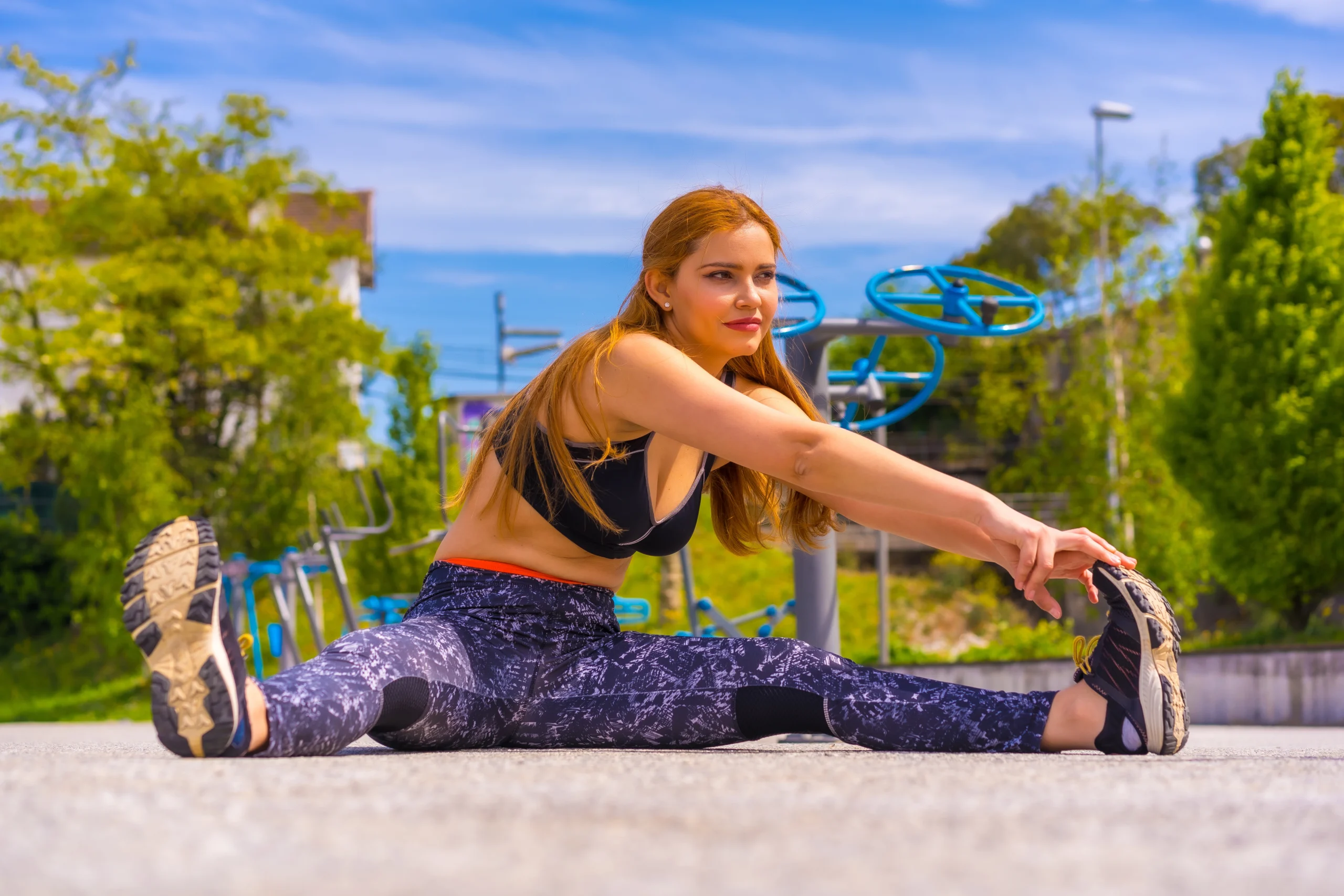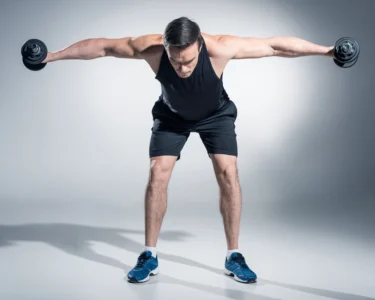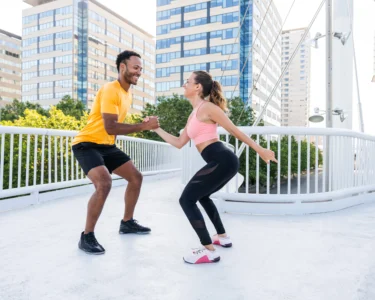Key Takeaway: You don’t need expensive classes or fancy equipment to improve your flexibility and mobility. With consistent practice of simple, targeted exercises and proper technique, you can enhance your range of motion and feel better in your daily life.
Table of Contents
Are you tired of feeling stiff and restricted in your movements but don’t want to spend a fortune on yoga classes or personal training sessions? I’ve been there too. After years of working at a desk job, I found myself struggling to touch my toes and dealing with constant shoulder tension. Through research and practice, I discovered that improving flexibility and mobility doesn’t require expensive classes or fancy equipment – just dedication and the right approach.
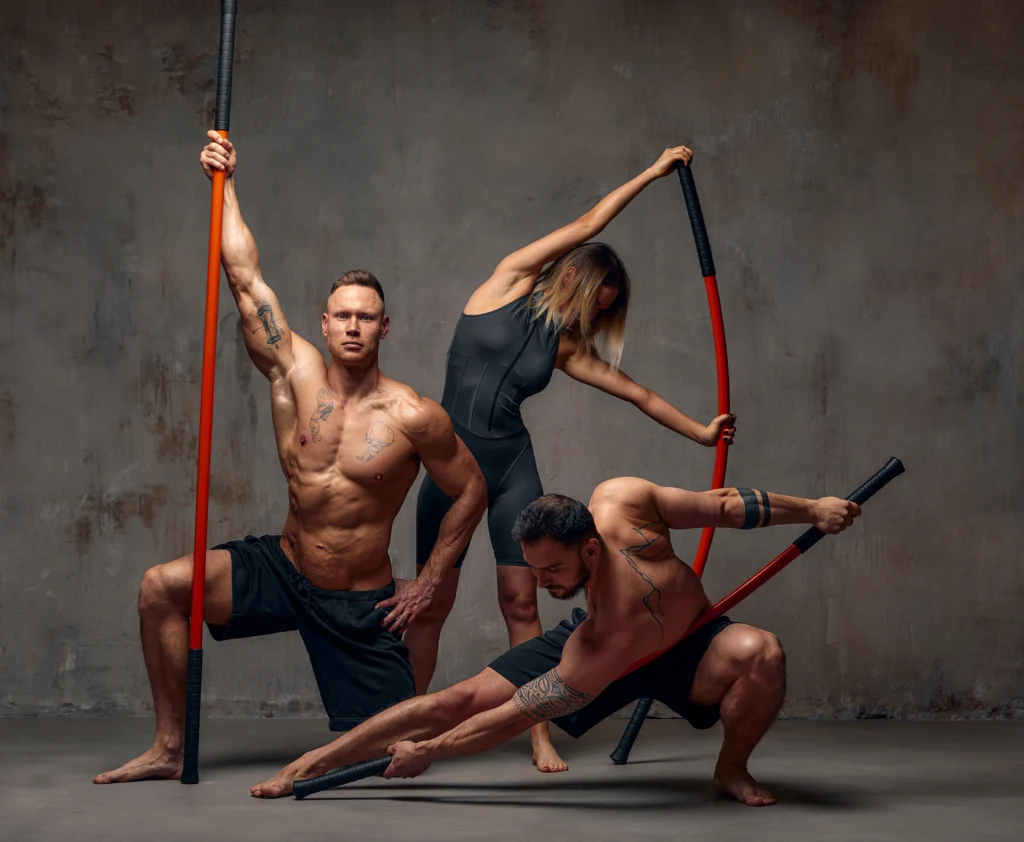
Why Flexibility and Mobility Matter
Before diving into the tips, let’s understand why these aspects of fitness are crucial. Flexibility refers to your muscles’ ability to lengthen, while mobility is about how well your joints can move through their full range of motion. Together, they’re essential for:
- Reducing risk of injury
- Improving posture
- Decreasing muscle tension and pain
- Enhancing athletic performance
- Making daily activities easier
1. Start With Dynamic Warm-ups
The first step to improving flexibility doesn’t involve static stretching at all! Instead, focus on dynamic warm-ups that prepare your body for movement. I remember when I first learned this – it completely changed my approach to flexibility training.
Here’s a simple dynamic warm-up routine you can do anywhere:
- Arm circles (10 forward, 10 backward)
- Hip circles (10 each direction)
- Leg swings (10 each leg)
- Torso twists (10 each side)
- Walking knee pulls (10 steps)
Pro tip: Perform these movements slowly and controlled, gradually increasing your range of motion.
2. Master These Essential Stretches
After your warm-up, it’s time for the meat and potatoes of flexibility training. These foundational stretches target major muscle groups without requiring any equipment:
Lower Body Stretches:
- Forward fold (hamstrings)
- Lunges (hip flexors)
- Figure-4 stretch (glutes)
- Calf stretch against wall
Upper Body Stretches:
- Child’s pose (back)
- Cat-cow stretches (spine)
- Chest opener against doorframe
- Thread the needle (shoulders)
Hold each stretch for 30-45 seconds, breathing deeply. Remember, you should feel a gentle stretch, not pain. As research shows, incorporating breathing exercises can enhance your stretching routine’s effectiveness.
3. Use Household Items as Equipment
Who needs expensive props when your house is full of useful tools? Here’s how to use common items:
| Household Item | Use For | Benefit |
| Bath towel | Assisted stretches | Helps deepen stretches safely |
| Wall | Balance and alignment | Provides stability for standing poses |
| Chair | Modified poses | Makes stretches more accessible |
| Belt/Scarf | Strap replacement | Aids in reaching difficult areas |
4. Incorporate Movement Breaks
Flexibility isn’t just about dedicated stretching sessions. Taking regular movement breaks throughout your day can make a significant difference. Consider these simple practices:
- Set a timer to stand and stretch every hour
- Do desk stretches during work calls
- Practice ankle and wrist mobility while watching TV
- Use commercial breaks for quick mobility drills
For more ideas on incorporating healthy habits into your daily routine, check out our guide on 10 affordable habits for a healthier lifestyle.
5. Create a Sustainable Routine
The key to improving flexibility isn’t about intense, occasional sessions – it’s about consistency. Here’s how to build a sustainable practice:
Morning Routine (5-10 minutes):
- Dynamic warm-up
- 2-3 key stretches targeting tight areas
- Mobility exercises for major joints
Evening Routine (10-15 minutes):
- Gentle stretching
- Relaxation poses
- Deep breathing exercises
For additional stress relief techniques that complement your flexibility routine, explore our article on breathing exercises for anxiety.
Common Mistakes to Avoid
- Skipping warm-ups
- Forcing stretches too deep
- Inconsistent practice
- Ignoring pain signals
- Not breathing properly
Tracking Your Progress
Monitor your flexibility journey by:
- Taking weekly photos of basic poses
- Measuring reach distance in forward folds
- Noting how daily activities feel
- Recording mobility improvements
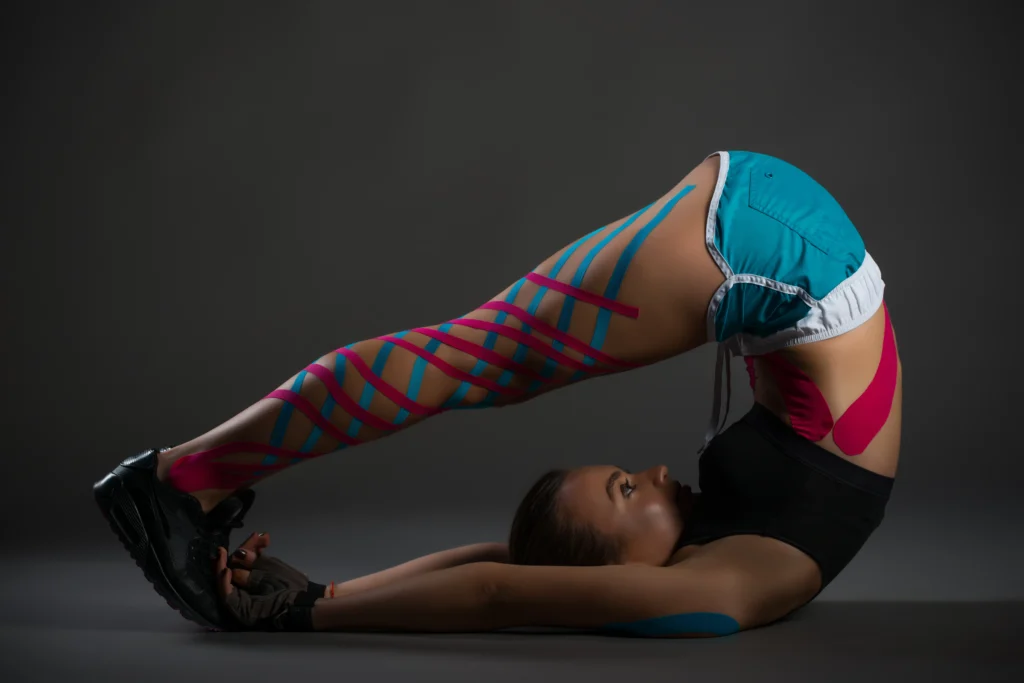
Conclusion
Remember, improving flexibility and mobility is a journey, not a race. By implementing these tips consistently, you can achieve significant improvements without spending money on expensive classes. Start small, stay consistent, and celebrate your progress along the way.
Want to learn more about affordable ways to improve your health? Check out our guide on 5 nutrients you can get for less.
FAQs
Q: How long until I see improvements in flexibility?
A: With consistent practice, most people notice improvements within 2-4 weeks, though significant changes may take 8-12 weeks.
Q: Can I improve flexibility at any age?
A: Yes! While flexibility naturally decreases with age, regular stretching can improve mobility at any stage of life.
Q: Should stretching hurt?
A: No, proper stretching should feel like a gentle pull, never pain. If you experience pain, reduce the intensity immediately.
Q: How often should I stretch?
A: Aim for daily stretching sessions, even if just for 5-10 minutes. Consistency is more important than duration.
Q: Can I stretch cold muscles?
A: It’s best to warm up first with light movement before static stretching to reduce injury risk and improve effectiveness.


